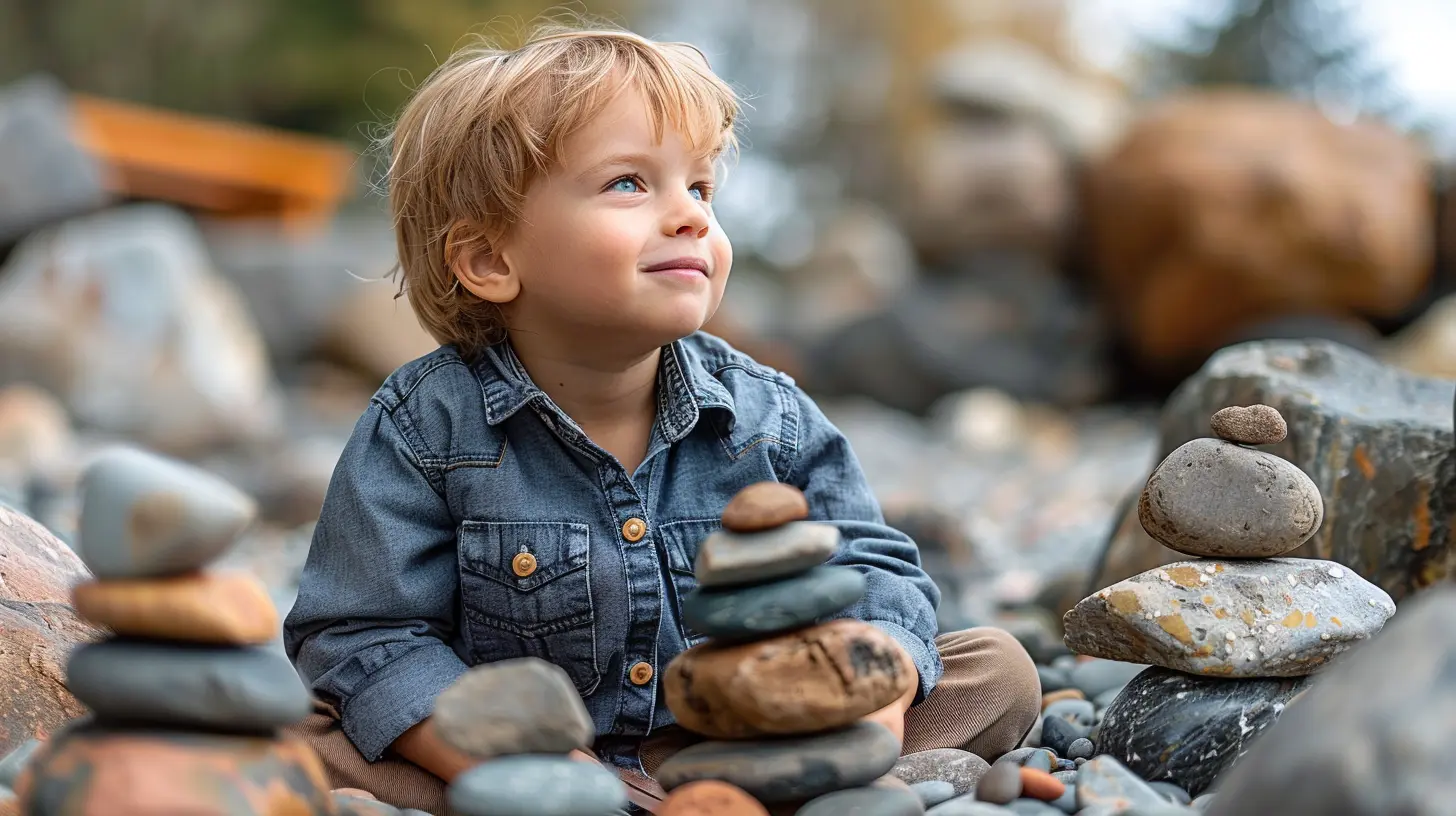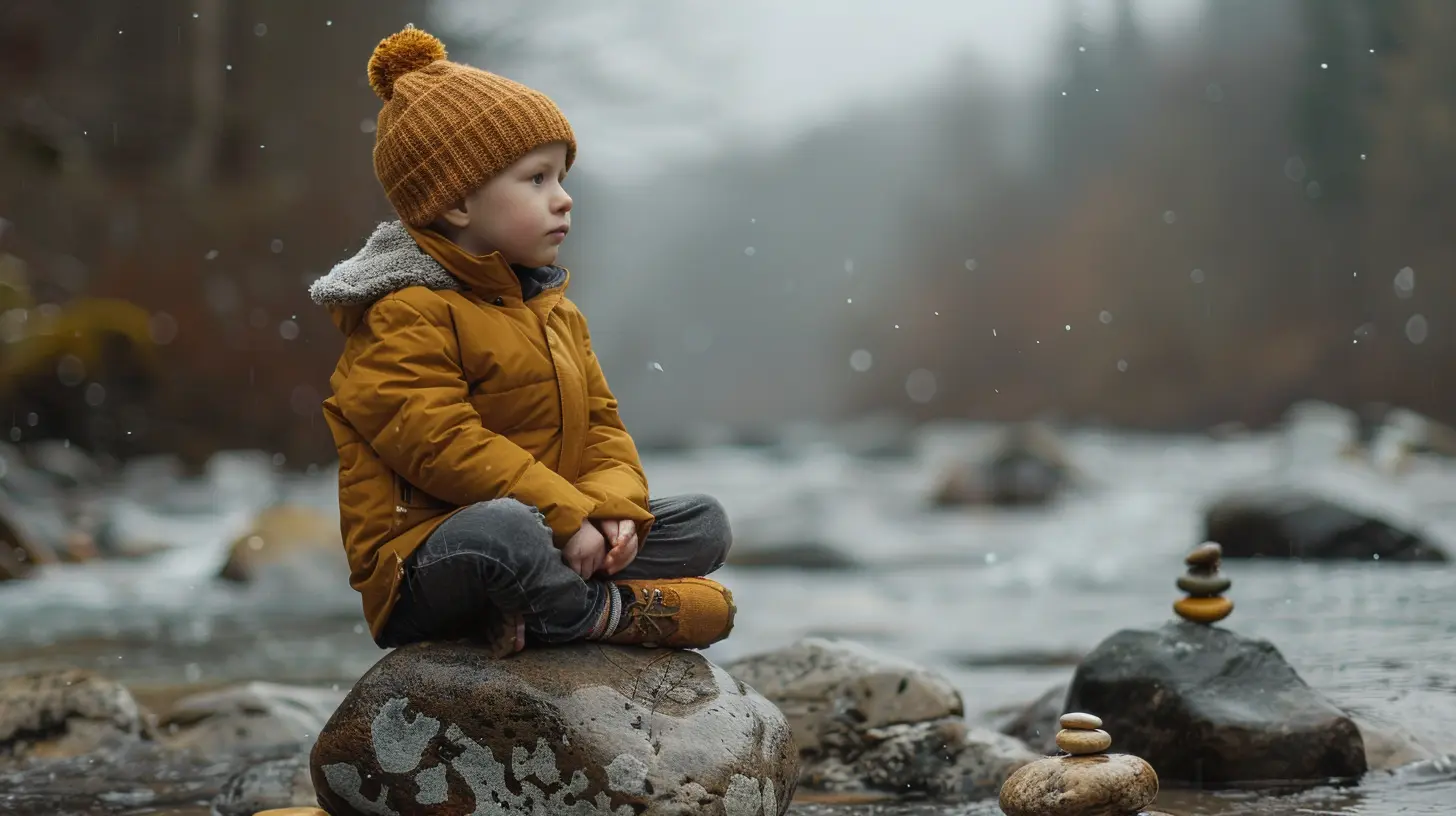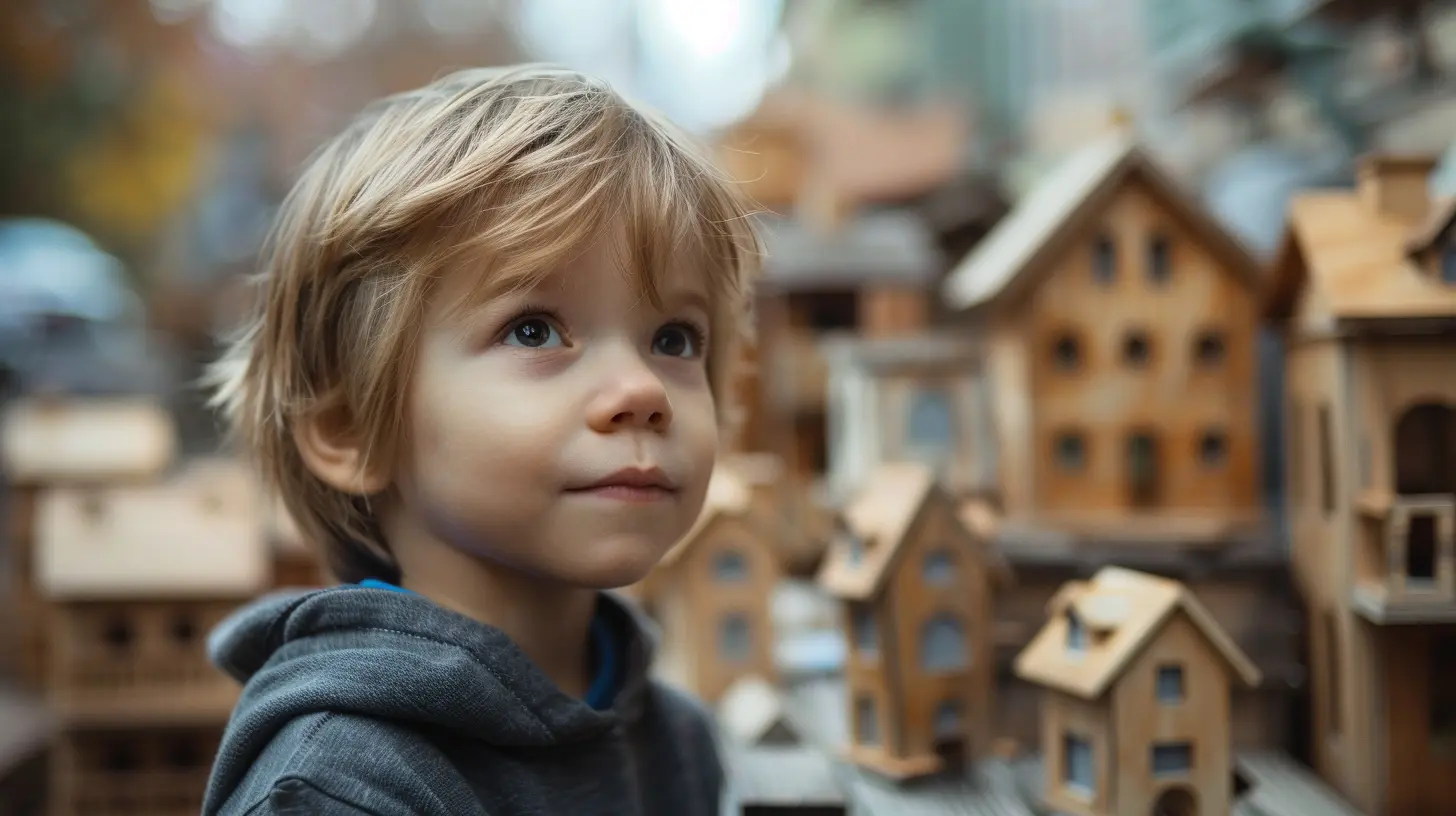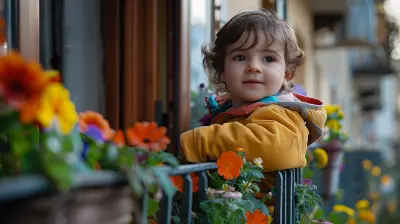Mindful Playtime: Engaging with Your Child on a Deeper Level
8 September 2025
Let’s face it — parenting is no walk in the park. Between diaper changes, snack negotiations, and the ever-growing mountain of laundry, it's easy to let playtime become a mindless routine. But what if I told you that those moments with your child, filled with blocks, tea parties, or monster trucks, could actually build something far more meaningful than just a toy tower?
Welcome to mindful playtime — a way to connect deeply with your child, foster emotional intelligence, and create memories that outlast the toys themselves. It's not about playing the longest or having the fanciest gadgets. It’s about being present, truly present, in those tiny yet powerful moments with your little one.
So, how do you turn regular play into mindful play? Grab a cup of coffee and let’s dive into it.
What Is Mindful Playtime Anyway?
Mindful playtime isn’t a Pinterest-worthy craft session or a perfectly scheduled playdate. It’s more about the how than the what. Mindfulness, at its core, is all about paying full attention in the present moment — without judgment. Now apply that to playtime with your child.It means you’re not just nodding while checking your phone or mentally ticking off a to-do list. You’re there — emotionally, mentally, physically. Your focus is on your child, the activity, and the connection it creates.
Think of it like this: instead of watching playtime as an outsider, you'd be stepping into their world, acting and reacting as a co-adventurer. When you do this, magic happens — your child feels truly seen and heard.
Why Mindful Play Matters (Like, A Lot)
You might be thinking, "Okay, this sounds nice, but is this really necessary?" Short answer — yep, it really is. And here’s why.1. Builds Strong Emotional Bonds
Kids are little sponges, right? When you’re fully present during play, they pick up on that. They feel valued and loved. You’re not just spending time with them — you’re investing in the bond that will shape their emotional resilience for life.2. Enhances Their Self-Worth
Mindful play communicates, “You matter to me.” That message builds a strong foundation of self-worth. Over time, that leads to confident, emotionally healthy kids who aren’t afraid to express themselves.3. Encourages Better Behavior
Guess what? When a child feels heard and engaged, they’re more likely to cooperate, listen, and regulate their emotions better. Why? Because they feel safe. Mindful playtime provides that emotional safety net.4. Boosts Brain Development
You don’t need flashcards or apps to build your child’s brain. Real, hands-on, connected play stimulates creativity, problem-solving, and cognitive growth. And when you’re engaged with them, they learn even more.
The Mindful Parent’s Play Toolkit
So how do you go about this without turning into a playtime guru? Don’t worry — you already have what it takes. Here’s what mindful play actually involves:1. Be Fully Present
Step one? Ditch the distractions. That means the phone goes away (yes, even if it’s just for 15 minutes). Make eye contact. Listen. Watch their expressions, not your timeline.Try this: Sit on the floor, get to their level, and just join in. No multitasking, no background noise. Just you and them.
2. Follow Their Lead
Let your child drive the play. Sounds simple, but it can be tough. You might want to correct how they build blocks or suggest a "better" way to paint. But mindful play is all about them.Resist the urge to steer the ship. Be the passenger and go wherever they go — whether it’s dinosaur land or a pirate adventure.
3. Use All Your Senses
Notice the textures, the sounds, the giggles. Feel the Play-Doh squish, smell the markers (safely, of course), hear the giggles. Mindful play gets you out of your head and into the experience.It’s not just good for your child — it’s actually soothing for you too. Kind of like meditation, but with wobbly tower-building and snack crumbs everywhere.
4. Practice Non-Judgment
Your kid stacks cups instead of using them for tea? That’s okay. The point isn’t the outcome. It’s the process. Suspend your inner critic (and maybe your urge to clean up) and just be.Remember, it’s not about perfect play. It’s about meaningful moments.
5. Reflect and Respond
After the play, talk about it. “I loved how you made everyone at the tea party smile,” or, “That was so creative the way you used blocks as a bridge!”These reflections help build emotional awareness and make your child feel seen.
Simple, Mindful Play Ideas for Busy Parents
Because let’s be real — not every day allows for hours of uninterrupted play. That’s totally fine. It’s not about how much time you spend. It’s about how you show up in that time.Here are some easy, low-prep ideas that encourage connection:
1. Silly Story Time
Make up a story together. You start with one sentence, your child adds the next, and so on. It’s a bonding goldmine and gets those imaginations running wild.2. Nature Walks with a Twist
Take a walk in your yard or local park. Pick up interesting leaves, talk about the sounds you hear. No agenda — just curiosity and togetherness.3. Dance It Out
Put on some music and have a 10-minute dance party. No rules, no moves required. Just joy.4. Toy Takeover
Let your child teach you how to play with their favorite toy. You’ll be surprised at the perspectives they bring — and how fun it is to be the student.5. Mindful Coloring
Yes, even toddlers can get into this. Sit and color with your child, not to finish a page, but to relax and chat. It’s like yoga for the soul — but with crayons.Overcoming the "I Don’t Have Time" Hurdle
Let’s talk about the elephant in the room: time. You’re busy. Life’s hectic. Sometimes it feels like there’s just no bandwidth left for intentional play.Here’s the thing: mindful play doesn’t require hours. Even 10–15 minutes of focused, distraction-free play per day can work wonders.
Think of it like brushing your teeth — small effort, big results. And honestly, it often ends up being the most peaceful part of your day.
Mindful Play Isn’t Always Instagram-Worthy (And That’s Okay)
Not every session will look like a parenting magazine photo shoot. Sometimes it’s messy. Sometimes your kid zones out. Sometimes you do. No shame in that. The goal isn’t perfection — it’s connection.When you show up — fully, sincerely — your child feels that. Even if the tower collapses or the story gets weird, the underlying message remains: “You matter. I see you. I’m here.”
Mindful Play by Age Group: Tailoring the Experience
Not all play is created equal — especially when it comes to age. Here’s how to adapt your mindful play approach based on your child’s development stage.Infants (0–12 Months)
- Use touch and eye contact during tummy time or gentle play.- Talk, sing, and make exaggerated facial expressions.
- Mimic their coos and sounds — it's their way of “talking.”
Toddlers (1–3 Years)
- Embrace repetition — yes, even if it’s the 47th time they press the same button.- Narrate what they’re doing: “Oh, the ball went under the couch!”
- Let them lead — go at their pace.
Preschoolers (3–5 Years)
- Role play is huge — dive into character with them.- Offer open-ended toys (blocks, pretend food, etc.).
- Ask open-ended questions: “What do you think happens next?”
School-Age Kids (6–12 Years)
- Join in board games or sports they love.- Build something together — LEGO, puzzles, art projects.
- Use play as a space to talk about their day, feelings, or even worries.
Final Thoughts: It’s the Little Things That Stick
At the end of the day, your child will remember the way you made them feel during play. Not the toy, not the game — but the connection. Those moments of laughter, eye contact, shared stories — that’s where the magic is.So slow down, even just for a few minutes. Get on the floor, join the tea party, build the spaceship. When you play mindfully, you're not just passing time — you’re building a childhood.
And honestly? You might just rediscover the playful, creative spark in yourself too.
all images in this post were generated using AI tools
Category:
Mindful ParentingAuthor:

Max Shaffer
Discussion
rate this article
1 comments
Kinsley Jackson
This article beautifully highlights the importance of mindful play. Taking the time to connect with our children in meaningful ways fosters deeper relationships and cherished memories. Let's embrace this journey together!
September 19, 2025 at 4:01 AM

Max Shaffer
Thank you! I'm so glad you found the article meaningful. Embracing mindful play truly enriches our connections with our children. Let's continue this journey together!


